In today’s fast-paced financial landscape, the need for quick access to funds can arise unexpectedly. Whether it’s for an emergency expense, a business opportunity, or personal needs, many individuals find themselves seeking loans that can be obtained with minimal documentation. A no-document loan, often referred to as a no-doc loan, allows borrowers to secure financing without the extensive paperwork typically required by traditional lenders.
This type of loan can be particularly appealing for those who may not have the time or resources to gather the necessary documentation, such as income verification or credit history. A loan of $20,000 can serve various purposes, from consolidating debt to funding a home renovation or covering medical expenses. However, while the allure of a no-doc loan is strong, it is essential to understand the implications and requirements associated with such financing.
The absence of documentation can lead to higher interest rates and stricter terms, making it crucial for potential borrowers to navigate this financial avenue with caution and awareness. This article will delve into the intricacies of obtaining a $20,000 loan without documents, exploring the requirements, lender options, approval tips, risks, and alternatives.
Key Takeaways
- No-doc loans are a convenient option for individuals who need a ,000 loan without having to provide extensive documentation.
- Lenders offering no-doc loans typically require a good credit score and a steady income to qualify for the loan.
- It’s important to explore different lenders and loan options to find the best terms and interest rates for a no-doc loan.
- Tips for getting approved for a no-doc loan include improving credit score, reducing existing debt, and providing alternative forms of income verification.
- While convenient, getting a no-doc loan comes with risks such as higher interest rates and potential for predatory lending practices. Consider alternatives before committing to a no-doc loan.
Understanding the Requirements for a No-Doc Loan
No-doc loans are designed for individuals who may not have traditional forms of income verification or who prefer to keep their financial information private. However, this does not mean that these loans are entirely devoid of requirements. Lenders typically assess the borrower’s creditworthiness through alternative means.
For instance, they may consider the borrower’s credit score, existing debts, and overall financial health. A strong credit score can significantly enhance the chances of approval, as it indicates a history of responsible borrowing and repayment. In addition to credit scores, lenders may also evaluate the borrower’s assets and equity in any property they own.
For example, if a borrower is seeking a no-doc loan secured by real estate, the lender might require an appraisal to determine the property’s value. This assessment helps mitigate the lender’s risk by ensuring that there is sufficient collateral backing the loan. Furthermore, some lenders may impose specific income thresholds or require proof of employment in less formal ways, such as bank statements or tax returns from previous years.
Understanding these nuances is vital for anyone considering a no-doc loan.
Exploring Different Lenders and Loan Options
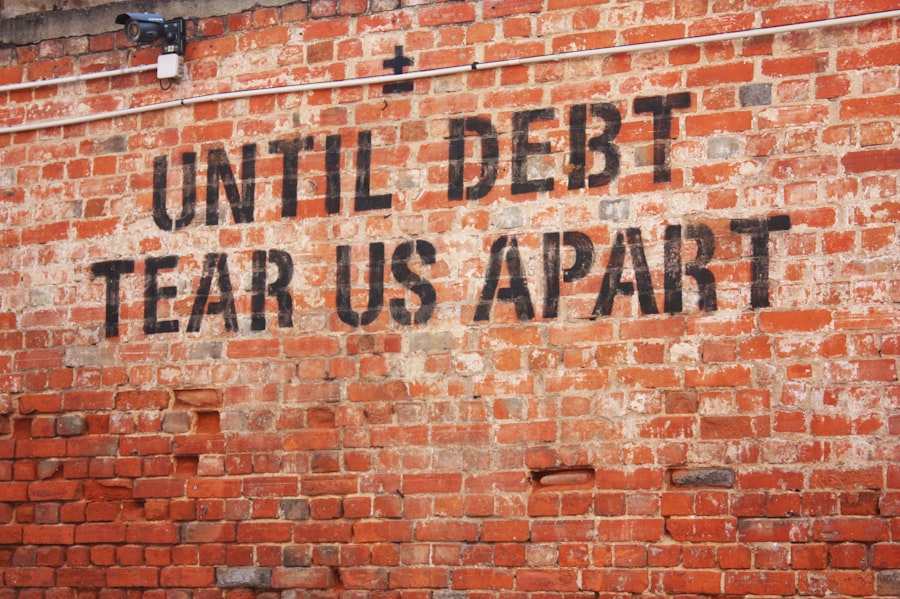
When it comes to securing a no-doc loan, borrowers have various options at their disposal. Traditional banks and credit unions may offer limited no-doc loan products due to their stringent lending criteria. However, alternative lenders, including online financial institutions and peer-to-peer lending platforms, have emerged as viable options for those seeking more flexible terms.
These lenders often cater to individuals with unique financial situations and may provide loans with fewer documentation requirements. Online lenders have gained popularity for their streamlined application processes and quick funding times. Many of these platforms utilize technology to assess creditworthiness rapidly, allowing borrowers to receive approval within hours or even minutes.
For instance, companies like SoFi and Upstart offer personal loans that may not require extensive documentation, depending on the borrower’s profile. Additionally, some lenders specialize in specific niches, such as self-employed individuals or those with non-traditional income sources. Exploring these diverse lending options can help borrowers find a solution that aligns with their financial needs and circumstances.
Tips for Getting Approved for a No-Doc Loan
| Tip | Description |
|---|---|
| Good Credit Score | Having a good credit score can increase your chances of getting approved for a no-doc loan. |
| Stable Income | Lenders may require proof of stable income to approve a no-doc loan. |
| Low Debt-to-Income Ratio | Having a low debt-to-income ratio can make you a more attractive candidate for a no-doc loan. |
| Large Down Payment | A larger down payment can help offset the risk for lenders and improve your chances of approval. |
| Strong Assets | Having strong assets can provide additional security for the lender and increase your chances of approval. |
Securing approval for a no-doc loan can be challenging due to the inherent risks associated with lending without extensive documentation. However, there are several strategies borrowers can employ to enhance their chances of approval. First and foremost, maintaining a strong credit score is crucial.
Borrowers should regularly check their credit reports for errors and take steps to improve their scores by paying down existing debts and making timely payments on current obligations. Another effective strategy is to demonstrate financial stability through alternative means. For example, providing bank statements that show consistent deposits can help establish a reliable income source without formal documentation.
Additionally, having a solid debt-to-income ratio can bolster a borrower’s application. Lenders often look favorably upon borrowers who have manageable debt levels relative to their income, even if that income is not formally documented. By presenting a comprehensive picture of their financial health, borrowers can increase their likelihood of securing a no-doc loan.
Risks and Considerations of Getting a No-Doc Loan
While no-doc loans offer convenience and speed, they come with inherent risks that borrowers must carefully consider before proceeding. One significant risk is the potential for higher interest rates compared to traditional loans. Lenders often charge more for no-doc loans due to the increased risk they assume by not requiring extensive documentation.
This can lead to higher overall costs over the life of the loan, making it essential for borrowers to calculate whether they can afford the repayments. Additionally, borrowers should be aware of the possibility of predatory lending practices in the no-doc loan market. Some lenders may take advantage of individuals seeking quick financing by imposing exorbitant fees or unfavorable terms.
It is crucial for borrowers to thoroughly research potential lenders and read all terms and conditions before signing any agreements. Understanding the total cost of borrowing and being vigilant about hidden fees can help mitigate some of these risks.
Alternatives to Getting a No-Doc Loan

For those who may be hesitant about pursuing a no-doc loan due to its associated risks or costs, several alternatives exist that may provide similar benefits without compromising financial security. One option is seeking a secured loan where collateral is provided in exchange for lower interest rates and more favorable terms. For instance, homeowners can leverage their property equity through a home equity line of credit (HELOC) or a home equity loan.
Another alternative is exploring personal loans from traditional lenders that may require some documentation but offer competitive rates and terms. Borrowers with good credit may find that they can secure loans with minimal paperwork by providing only essential information such as proof of identity and income verification through simplified means like pay stubs or bank statements. Additionally, family or friends may be willing to lend money without formal documentation, although this option should be approached with caution to avoid straining personal relationships.
Steps to Take After Receiving a No-Doc Loan
Once a borrower successfully secures a no-doc loan, it is essential to manage the funds responsibly and adhere to repayment obligations diligently. The first step is to create a budget that outlines how the borrowed funds will be utilized and how repayments will fit into monthly expenses. This proactive approach helps ensure that the borrower does not overspend or misallocate funds intended for repayment.
Furthermore, borrowers should set up automatic payments whenever possible to avoid missing due dates and incurring late fees or damage to their credit scores. Regularly reviewing financial statements and tracking spending habits can also provide insights into managing finances effectively post-loan acquisition. If circumstances change—such as an increase in income or unexpected expenses—borrowers should reassess their budgets and repayment plans accordingly.
Conclusion and Final Thoughts on Getting a 20,000 Loan Without Documents
Navigating the world of no-doc loans requires careful consideration and informed decision-making. While obtaining a $20,000 loan without extensive documentation can provide immediate financial relief, it is crucial for borrowers to understand the associated risks and requirements fully. By exploring various lenders and options available in the market, maintaining strong credit health, and being vigilant about potential pitfalls, individuals can enhance their chances of securing favorable financing.
Ultimately, whether opting for a no-doc loan or exploring alternatives, responsible financial management remains paramount. Borrowers should approach any form of borrowing with caution and ensure they are equipped with the knowledge necessary to make sound financial decisions that align with their long-term goals.
FAQs
What is a 20,000 loan without documents?
A 20,000 loan without documents is a type of loan that does not require extensive paperwork or documentation for approval. This type of loan is often sought by individuals who need quick access to funds without the hassle of providing extensive documentation.
How can I apply for a 20,000 loan without documents?
You can apply for a 20,000 loan without documents through various online lenders or financial institutions that offer this type of loan. Many lenders have streamlined application processes that require minimal documentation and can be completed online.
What are the eligibility criteria for a 20,000 loan without documents?
The eligibility criteria for a 20,000 loan without documents may vary depending on the lender, but generally, applicants must be of legal age, have a steady source of income, and meet any other specific requirements set by the lender.
What are the interest rates and repayment terms for a 20,000 loan without documents?
Interest rates and repayment terms for a 20,000 loan without documents can vary depending on the lender and the applicant’s creditworthiness. It’s important to carefully review and compare the terms offered by different lenders before applying for the loan.
What are the potential risks of a 20,000 loan without documents?
Potential risks of a 20,000 loan without documents include higher interest rates, shorter repayment terms, and the potential for predatory lending practices. It’s important to carefully review the terms and conditions of the loan and ensure that you are working with a reputable lender.

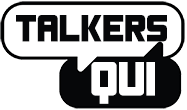




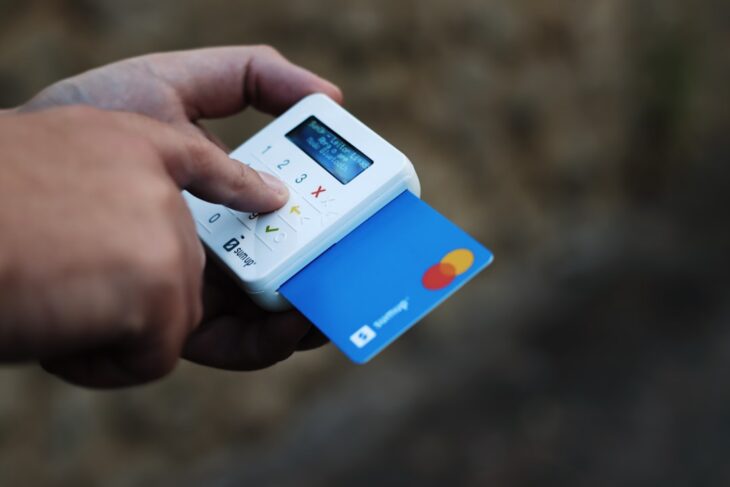

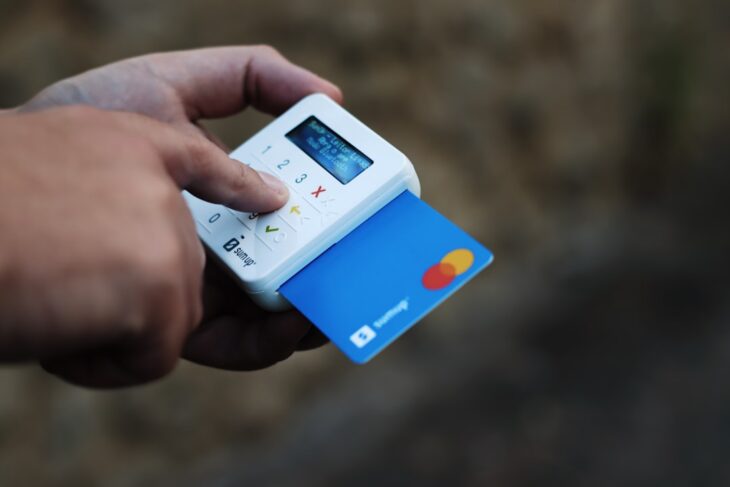



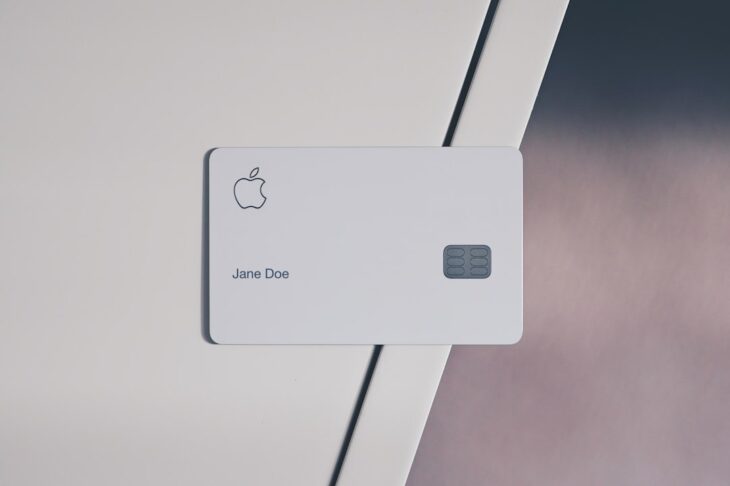
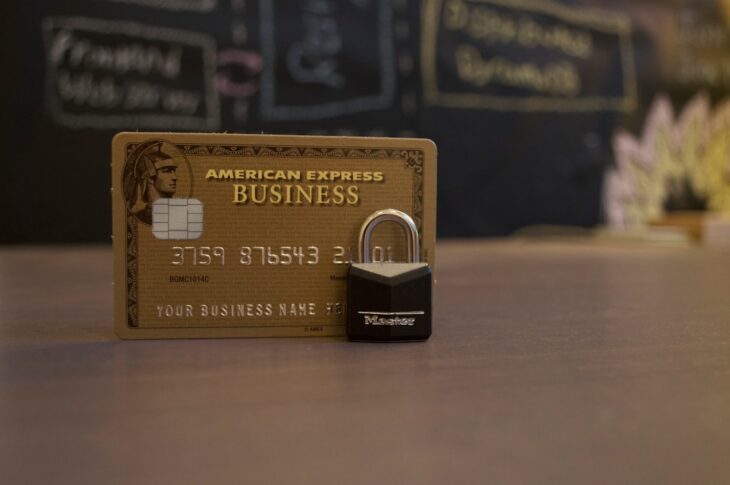

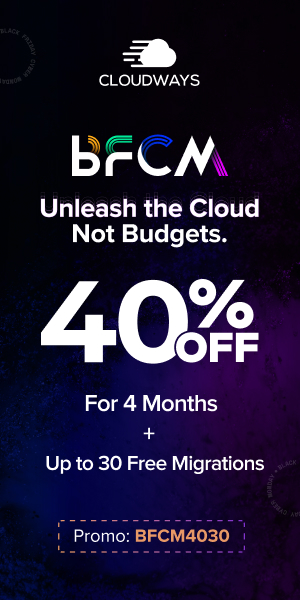

You must be logged in to post a comment.